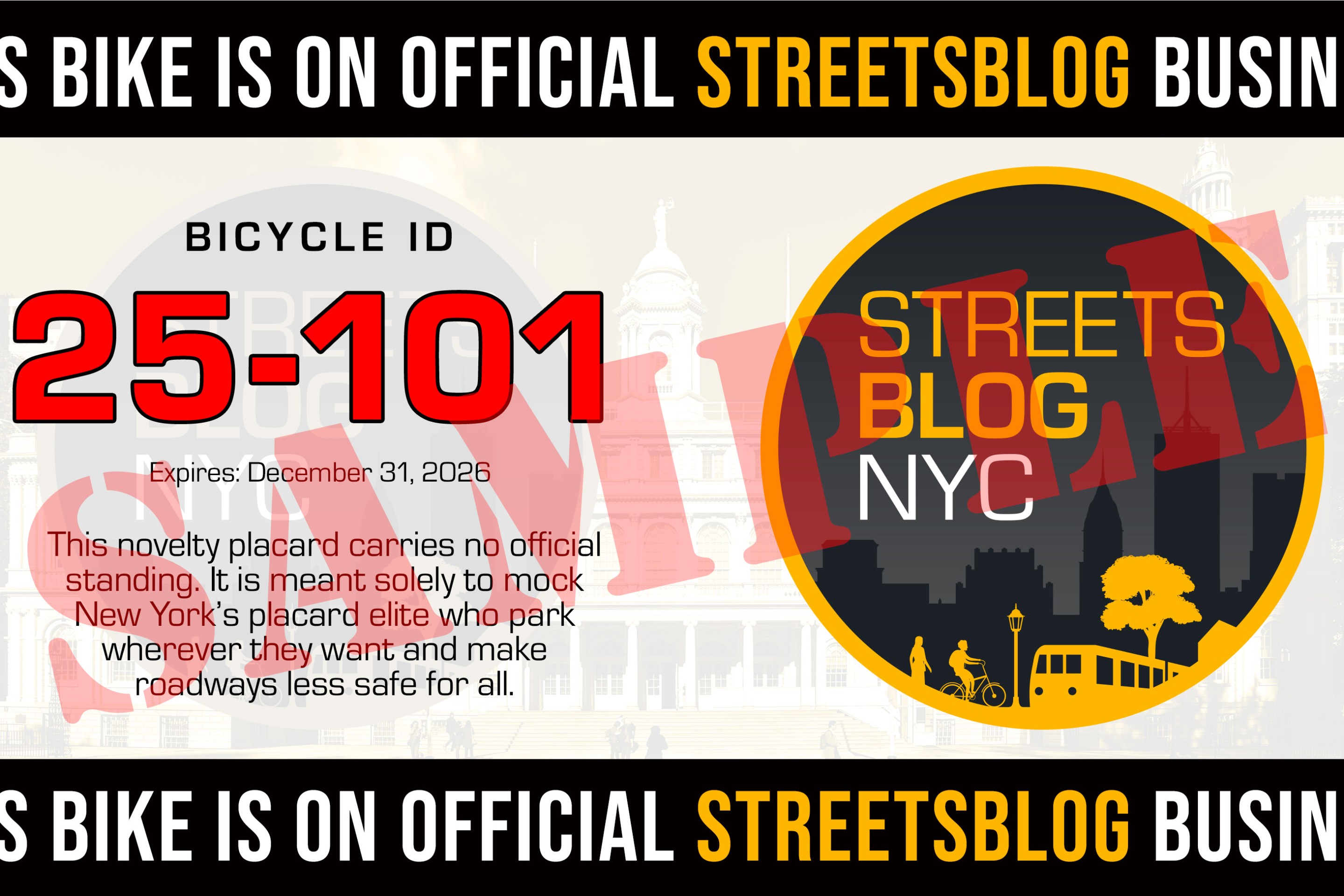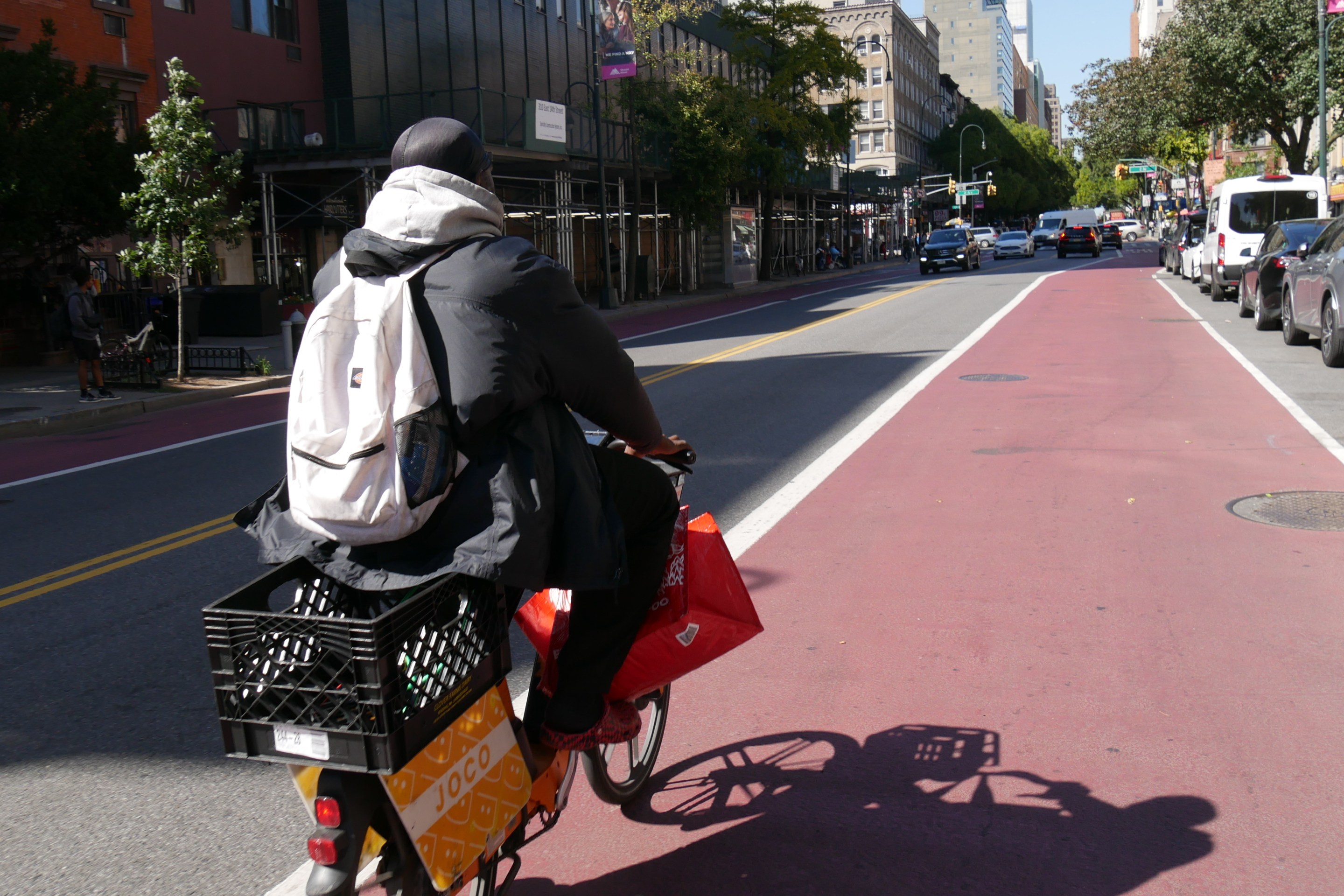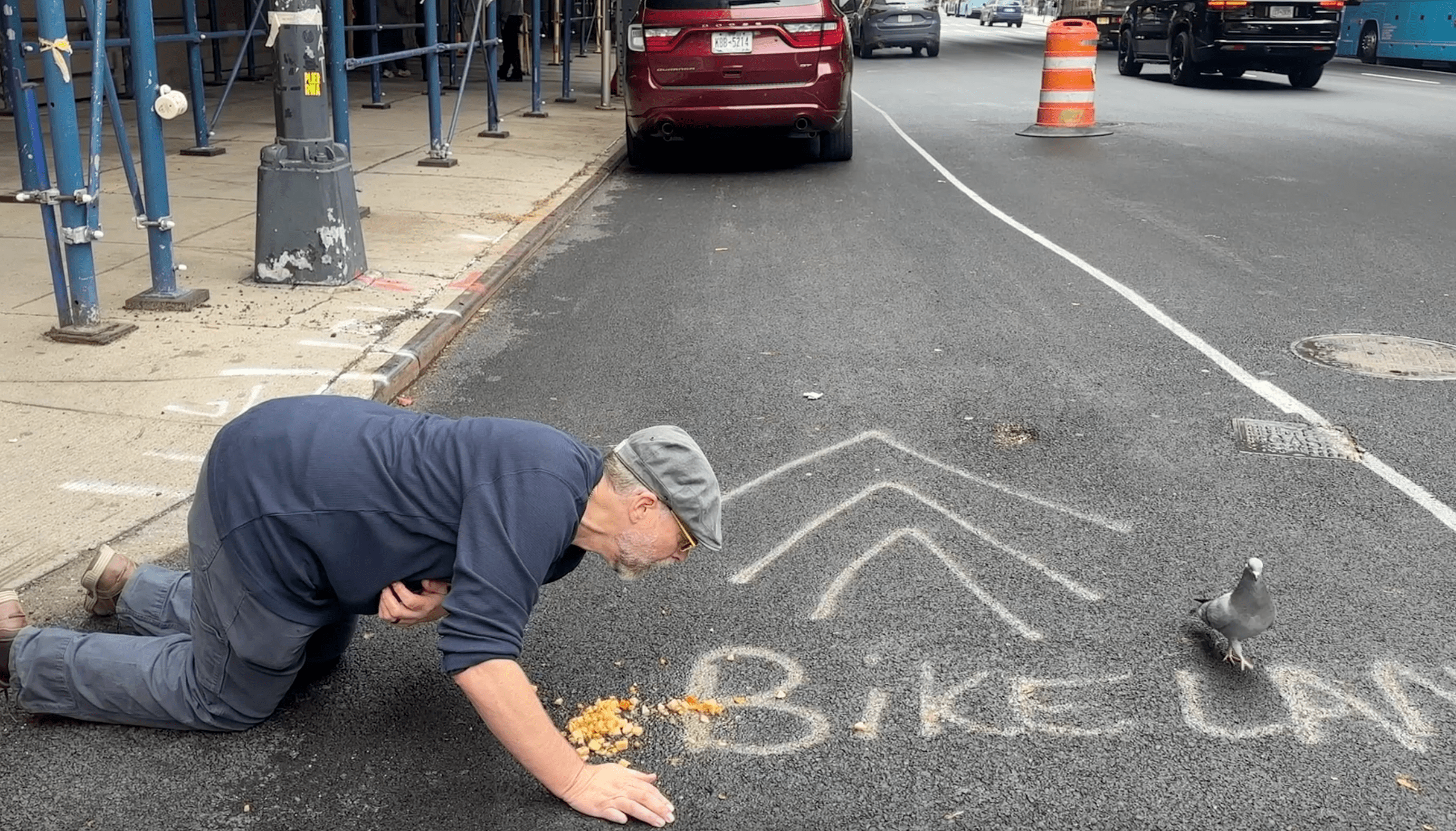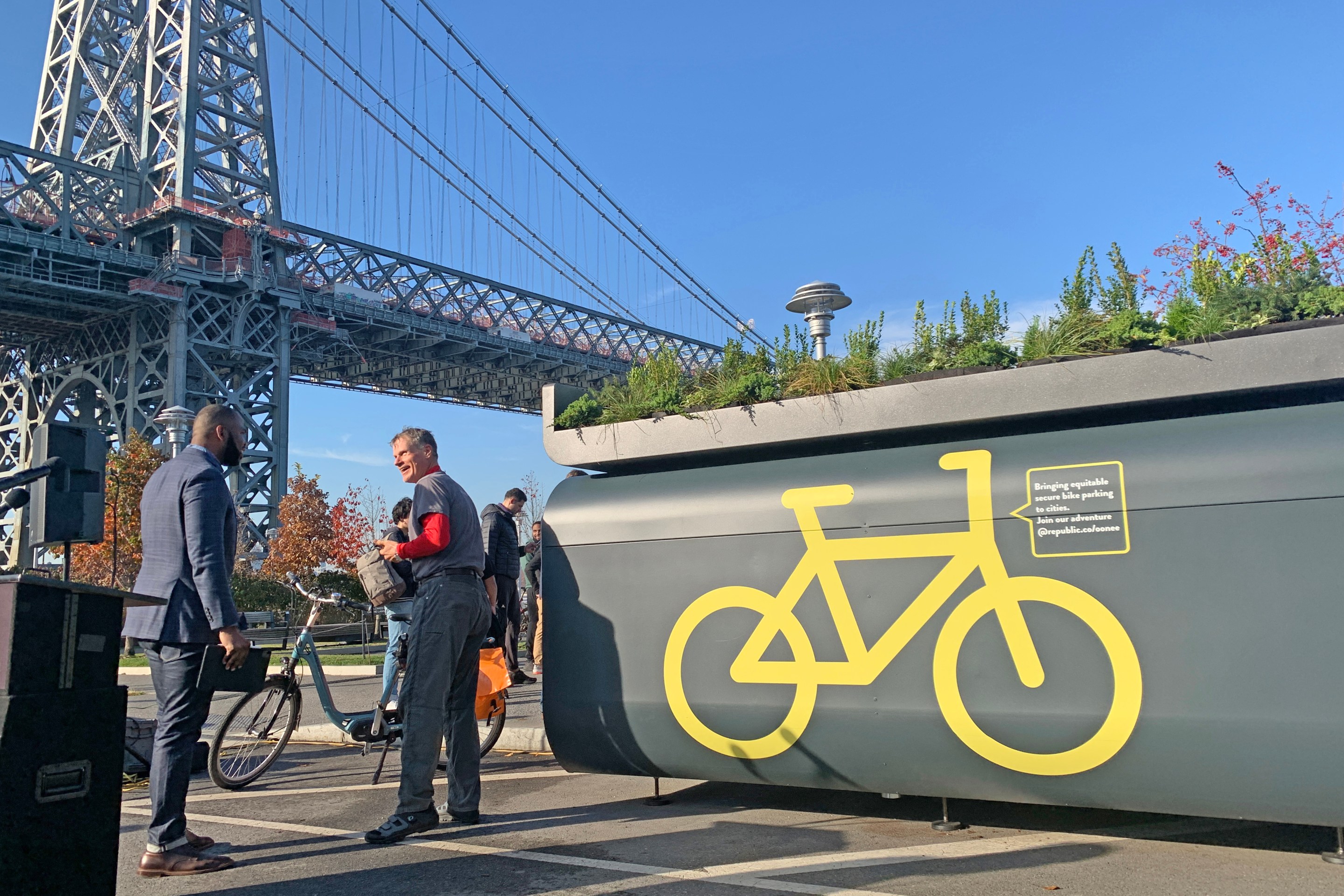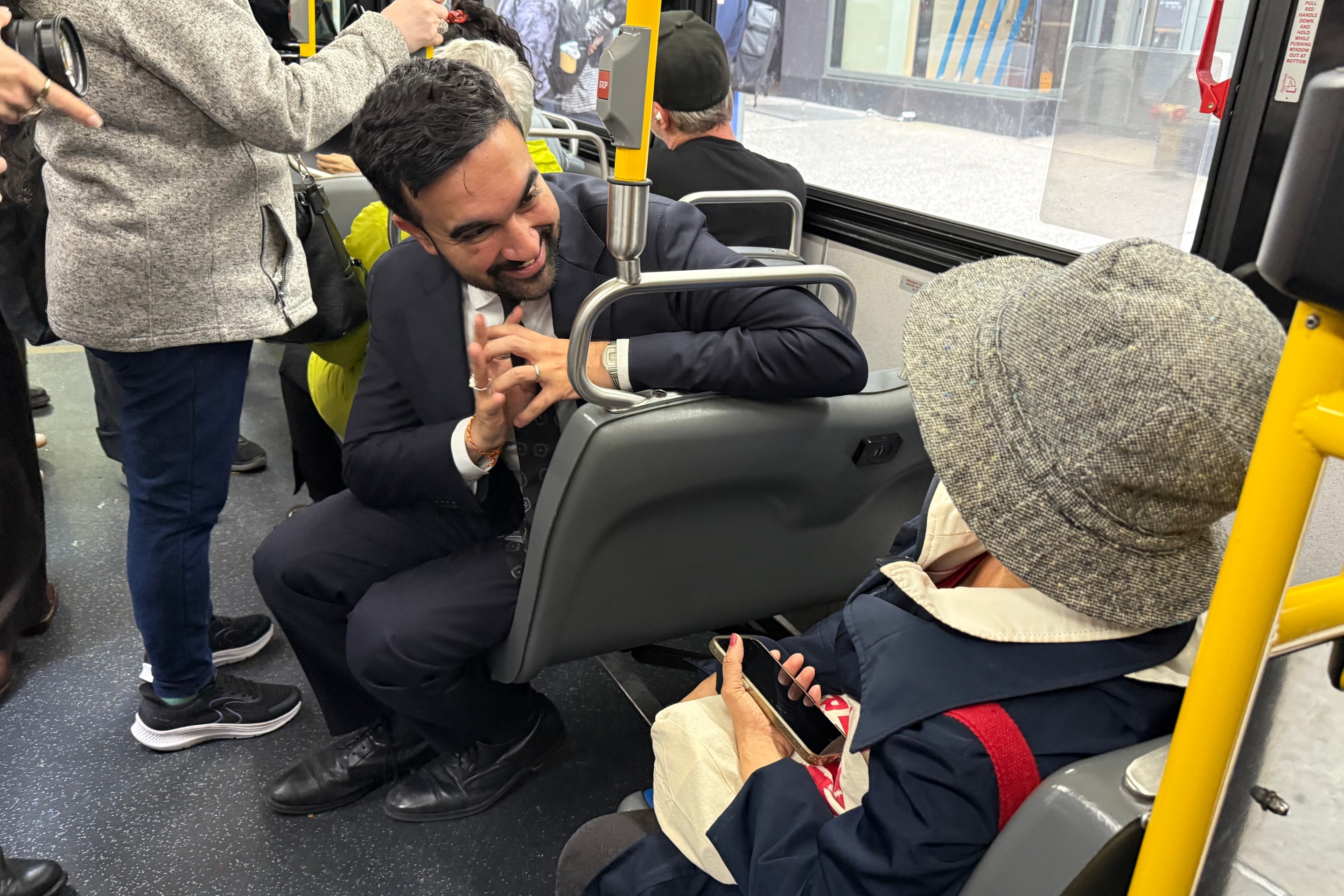Digital-display bicycle counters, sprouting up first in European cycling capitals like Copenhagen and spreading in recent years to Portland and San Francisco, give a real-time tally of how many cyclists use busy bike routes each day. This year, New York is set to get its own. The Big Apple's version will -- like most things in the big city -- be bigger and brighter than what those other cities have. It'll also have a community-based twist.
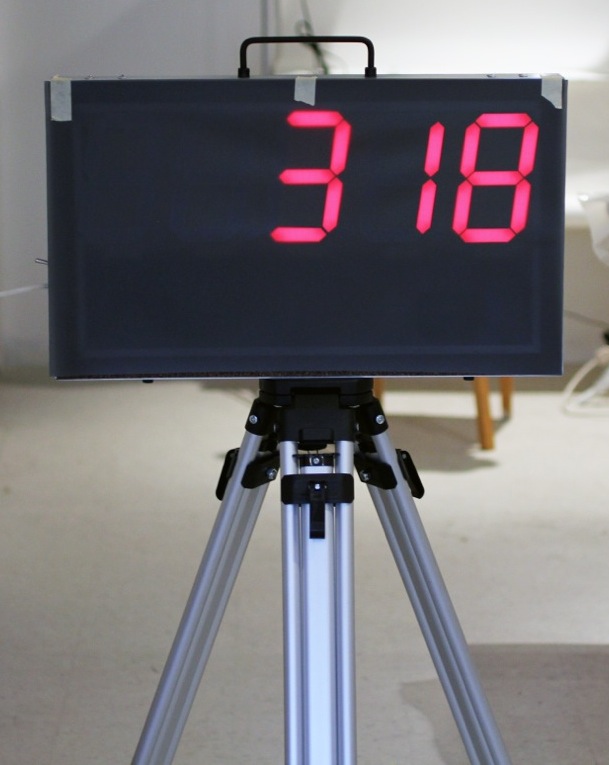
Bike counters in other cities have been installed by city governments and are permanently sited at a single location. In New York, a small team of planners and hardware designers are working together on a counter that will be portable and available to advocacy and community groups across the city interested in tallying bike riders in their neighborhoods.
Ted Ullrich, a product design engineer who founded hardware development firm Tomorrow Lab, got idea from trips to other cities. "Why isn't there one in New York?" he asked.
Ullrich connected with Planning Corps, a volunteer group of city planners who help non-profits, to sketch out what a New York City version would look like. They eventually settled on a two-foot by one-foot battery-powered box that can be mounted atop a tripod. Its bright red numerical display can be read from up to 100 feet away. It has a straightforward name: the Hi-Viz Public Bike Counter.
The project grew out of Waycount, a low-cost bike counter Ullrich developed with city planner Aurash Khawarzad. Unlike pricier counting products, which rely on wire loops installed in the pavement to distinguish bicycles from other types of traffic, Waycount uses rubber tubes that record whenever a wheel passes over them. To keep the system low-cost and easily mobile, the Hi-Viz Public Bike Counter will rely on the Waycount model, which includes software that allows users to download and store count records.
Ullrich identified three main challenges for the Hi-Viz counter: Making it sufficiently weather-proof, ensuring that installing the counter won't violate any city rules, and protecting the device against theft once it's been installed. "The overall strategy is to make something that is meant to take a beating," he said. The counter's battery lasts for about a week between charges, and will include a sign on the front saying "bikes today" so people know what the device does.
Planning Corps’ Lauren Wang is looking to set the counter up in high-visibility bike-only locations, like greenways or bridge paths, once the team finishes building it in the coming weeks and the weather improves. While Planning Corps will manage the counter after it's built, its future remains open-ended. "We would love to work with community groups or larger non-profits like Transportation Alternatives," Wang said. "We should be able to get this tool out there and really just see what happens."
The group is hosting a demonstration of the project at Tomorrow Lab's offices at 39 West 32nd Street #704 on Tuesday, February 18 at 6:00 p.m.
